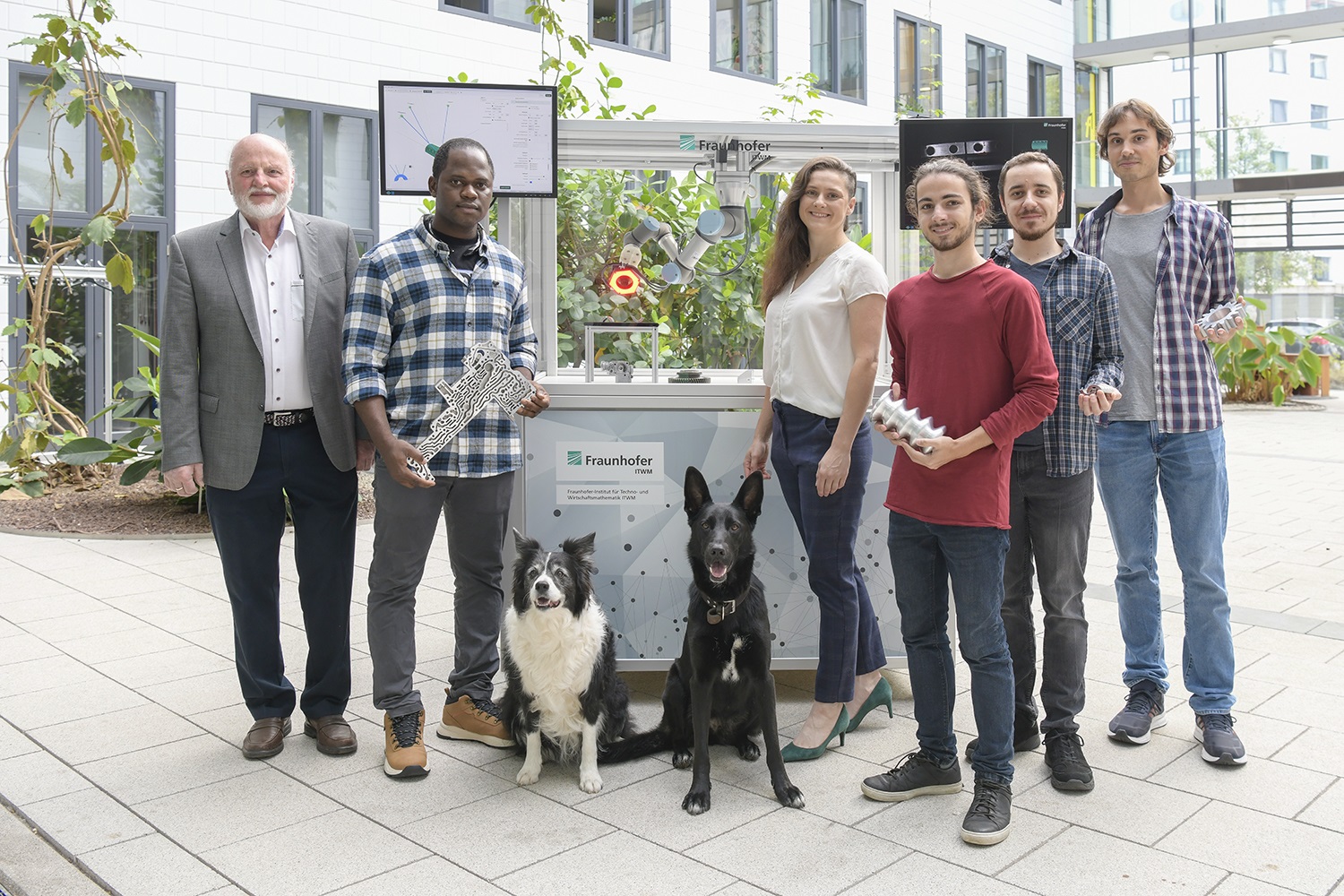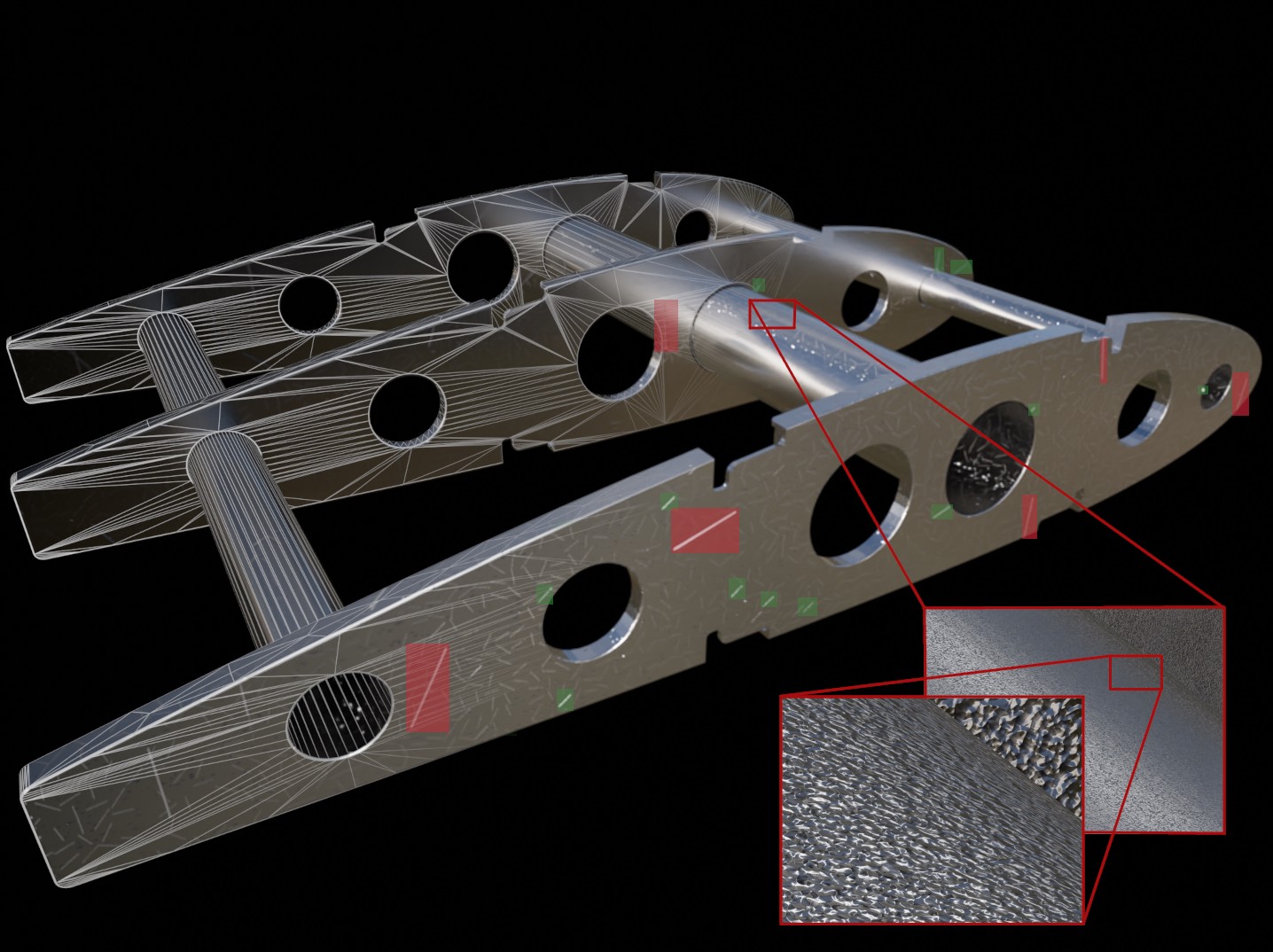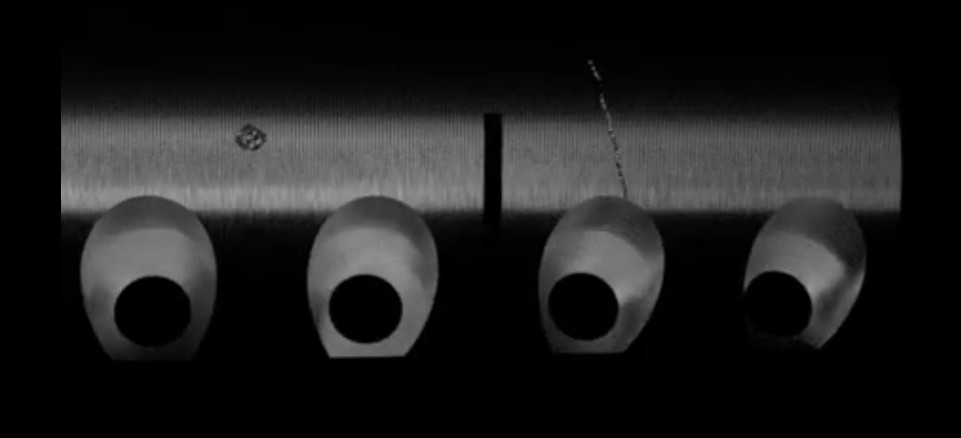Factories are becoming increasingly automated. Production facilities are becoming more flexible, so that no new plants have to be built when switching to new products. Visual inspection system hardware configuration – the last nail preventing the inspection systems to be truly purpose-flexible and thus ready for the implementation as a part of Industry 4.0 process chain. Production lines are more and more versatile, and products are changing rapidly, confronting inspection systems with more complex surfaces and materials. Every step of the production is controlled and digitalized to be as flexible as possible. And yet, when it comes to inspection, months of pre study are required, and no off-the shelf solution is available which can be easily adapted to different use cases and surfaces of different complexity.
Making Processes more Flexible and Efficient
Quality control is often neglected when talking about Industry 4.0. Inspection systems are still rigid and have to be designed for specific products. An inspection system consists of many hardware components, typically selected and parameterized by experienced engineers on the basis of physical tests. New systems are developed iteratively. Experts design an initial system, which is then modified until it can inspect the product with sufficient accuracy. These tests of different hardware solutions cost a lot of time and effort - several hours per test run. Therefore, a configuration is often chosen that works but is not optimal. The resulting sub-optimal image quality must be algorithmically compensated later.
To make this process more flexible and efficient, we are developing an adaptive, simulation-based framework that will revolutionize the development process for inspection systems. In the future, industrial inspection systems will be completely virtual designed and tested for reliability using this framework.



